- 한국어
- English
- 日本語
- 中文
- العربية
- Español
- Français
- Deutsch
- Pусский
- Tiếng Việt
- Indonesian
By Honorary Reporter Farinahida Alfa Asmara Dini from Indonesia
Photos= Cultural Heritage Administration
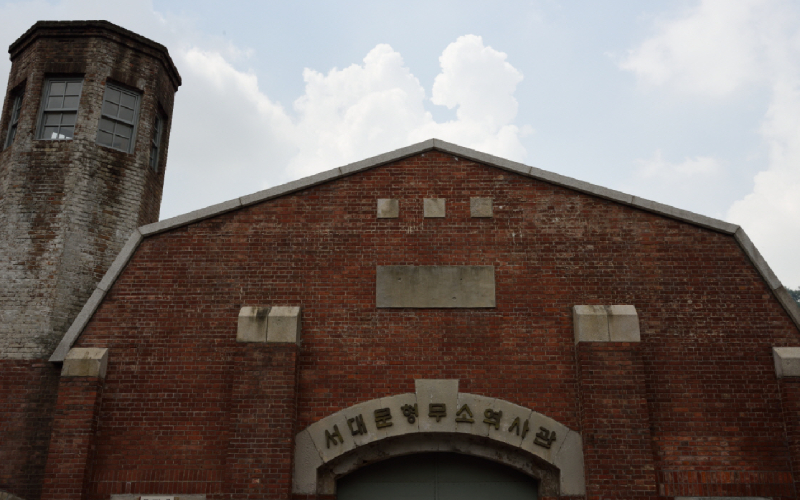
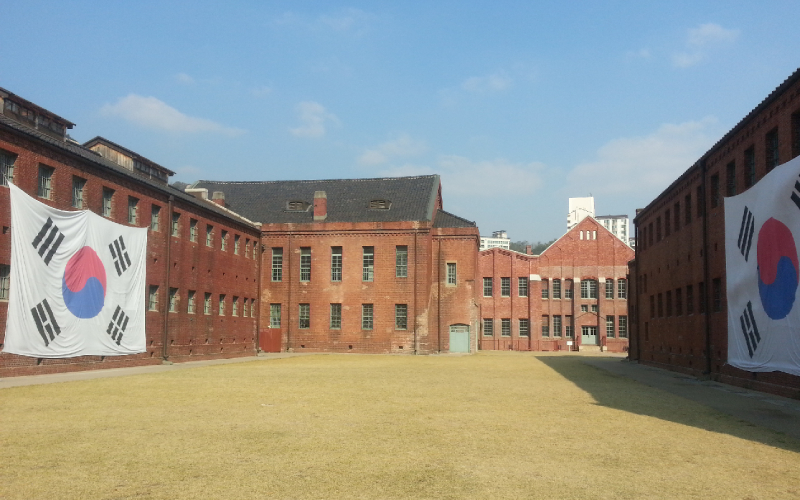
Among the numerous tourist destinations and attractions in Korea, Seodaemun Prison History Hall is a must for history buffs. Here, visitors can see the suffering of Korean activists in prison during the Japanese occupation period (1910–45).
The hall is a museum whose construction began in 1907 as a prison; it was opened on Oct. 21, 1908, as Gyeongseong Gamok. Its named was changed in 1912 to Seodaemun Gamok and again to Seodaemun Hyeoungmuso on May 5, 1923.
The prison's name was changed yet again to Seoul Hyeoungmuso in 1945. Sixteen years later on Dec. 23, 1961, this place became Seoul Gyudoso and later Seoul Seouk Guchiso in 1967. In November 1967, the prison was relocated to from Seoul to Gyeonggi-do Province. 1998 saw this prison area renamed to its present moniker of Seodaemun Prison History Hall. Since 1995, parts of the Seodaemun building have been renovated and now function as national historical sites to honor Korean activists. This place also vividly illustrates the brutality of Japanese soldiers who imprisoned and tortured Korean activists, many of whom died because of brutal treatment.
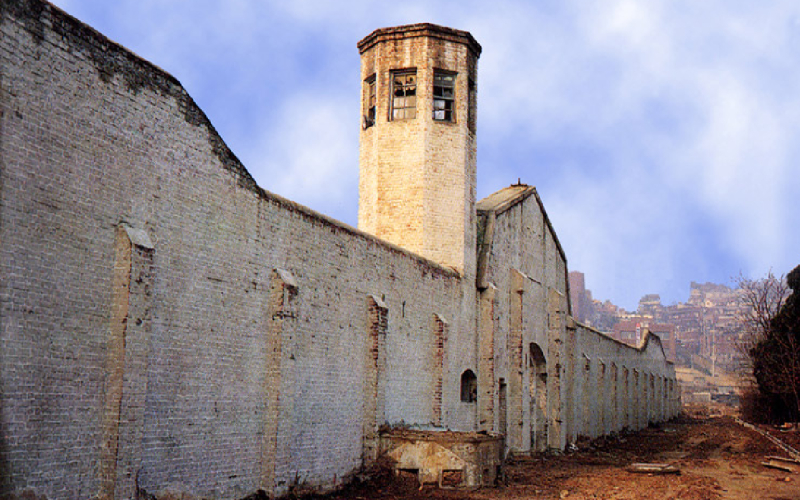
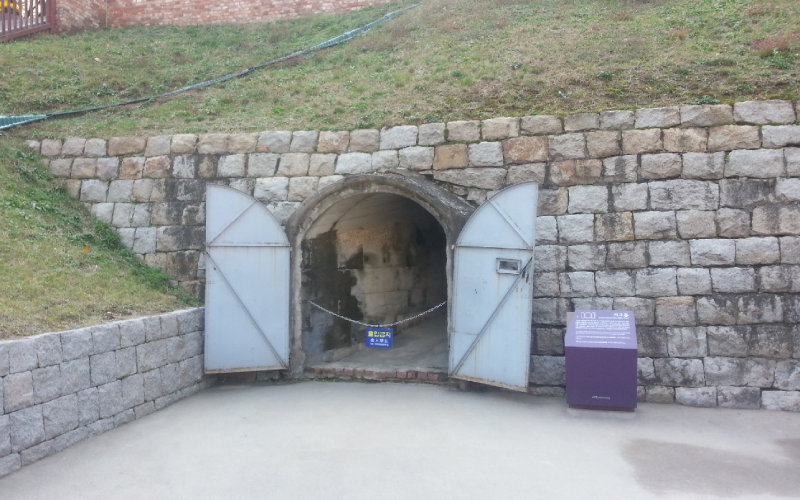
The museum has seven detention cells, a historical exhibition room, an execution room, a surveillance tower and a cell block in the basement.
The first floor is named "A Place of Reverence." A large screen shows the background of the prison's foundation and history. The second room is "Material Room" that shows Korean history. On the second floor, dubbed "A Place of History," are the National Resistance Room, Prison History Room and In Prison Life Room. Some rooms at this museum have vividly recreated the scenes of torture used by the Japanese imperial army.
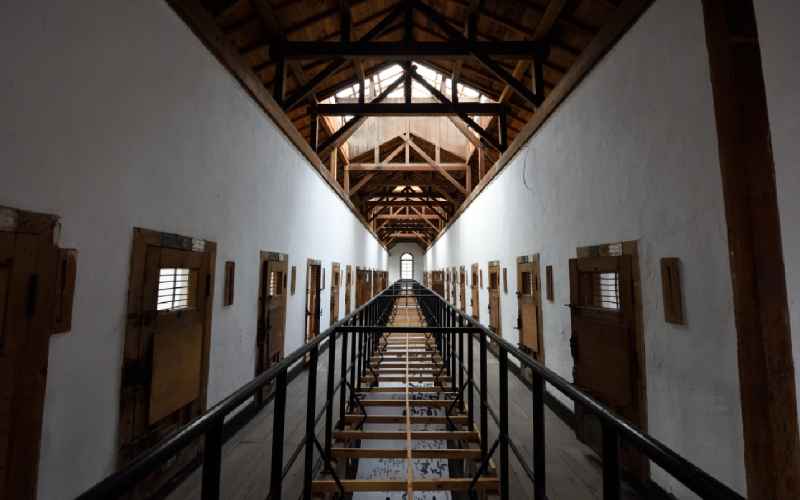
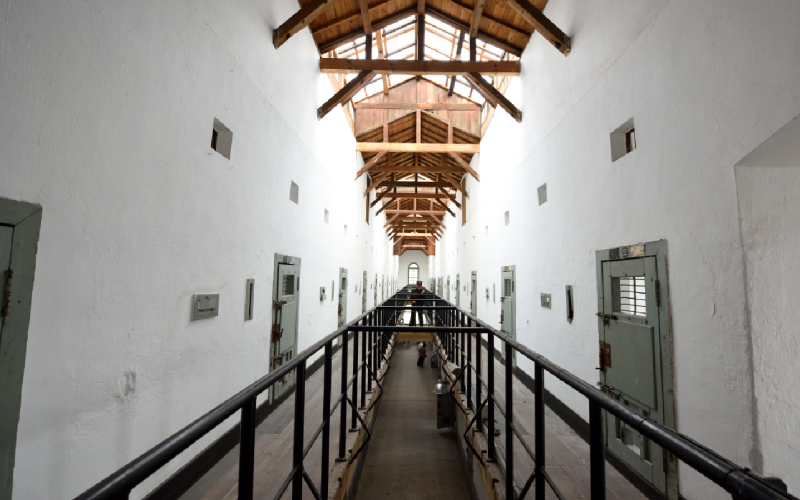
Cells built for just one prisoner often held seven to nine, meaning inmates could not lie down and sleep at night. So freedom fighters took turns in sleeping. Because food was also reduced, many died of starvation. Women as well as men were tortured at this prison. In a separate building, underground cells used to imprison female members of the independence movement, the most notable being Yu Gwan-sun, a teen activist who died at age 17 due to torture, beatings and starvation.
To visit the museum, go to Dongnimmun Station on the Seoul subway and get off at exit 5.
chaey0726@korea.kr
*This article is written by a Korea.net Honorary Reporter. Our group of Honorary Reporters are from all around the world, and they share with Korea.net their love and passion for all things Korean